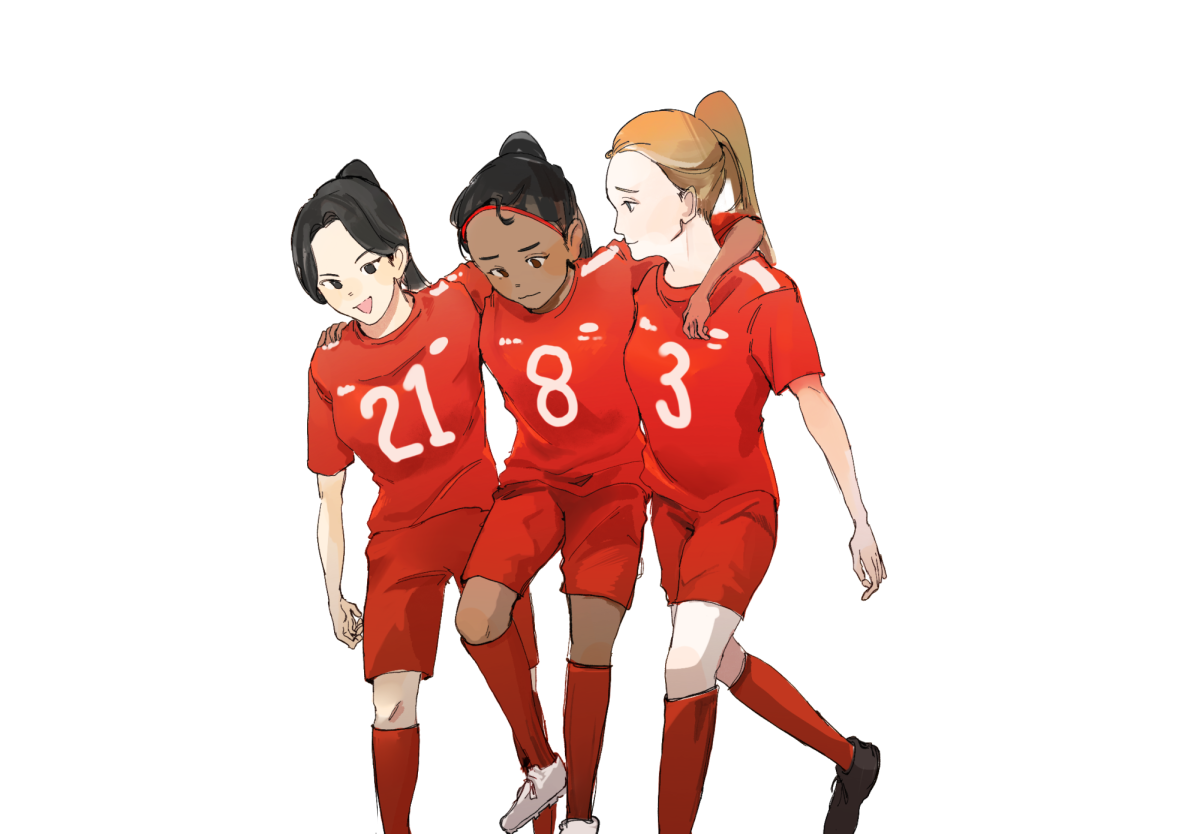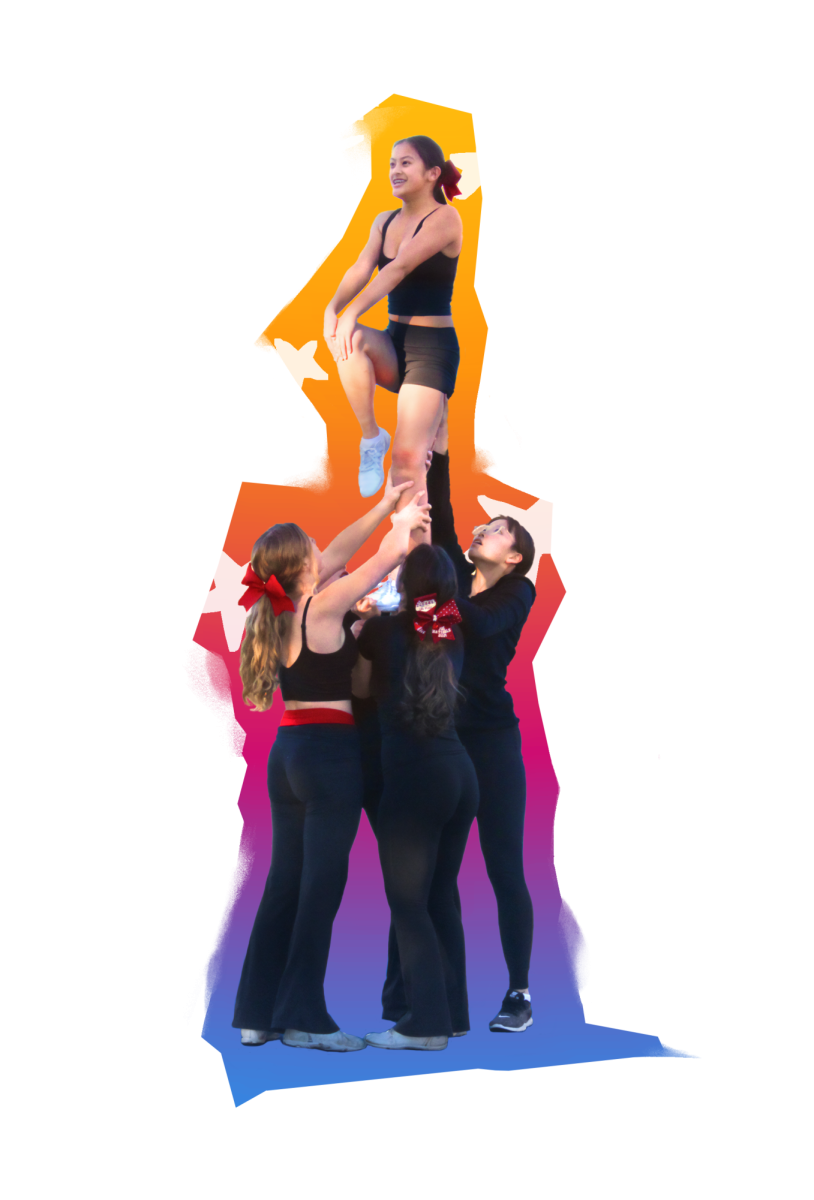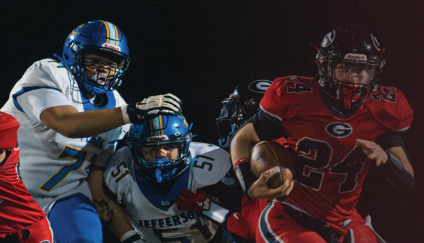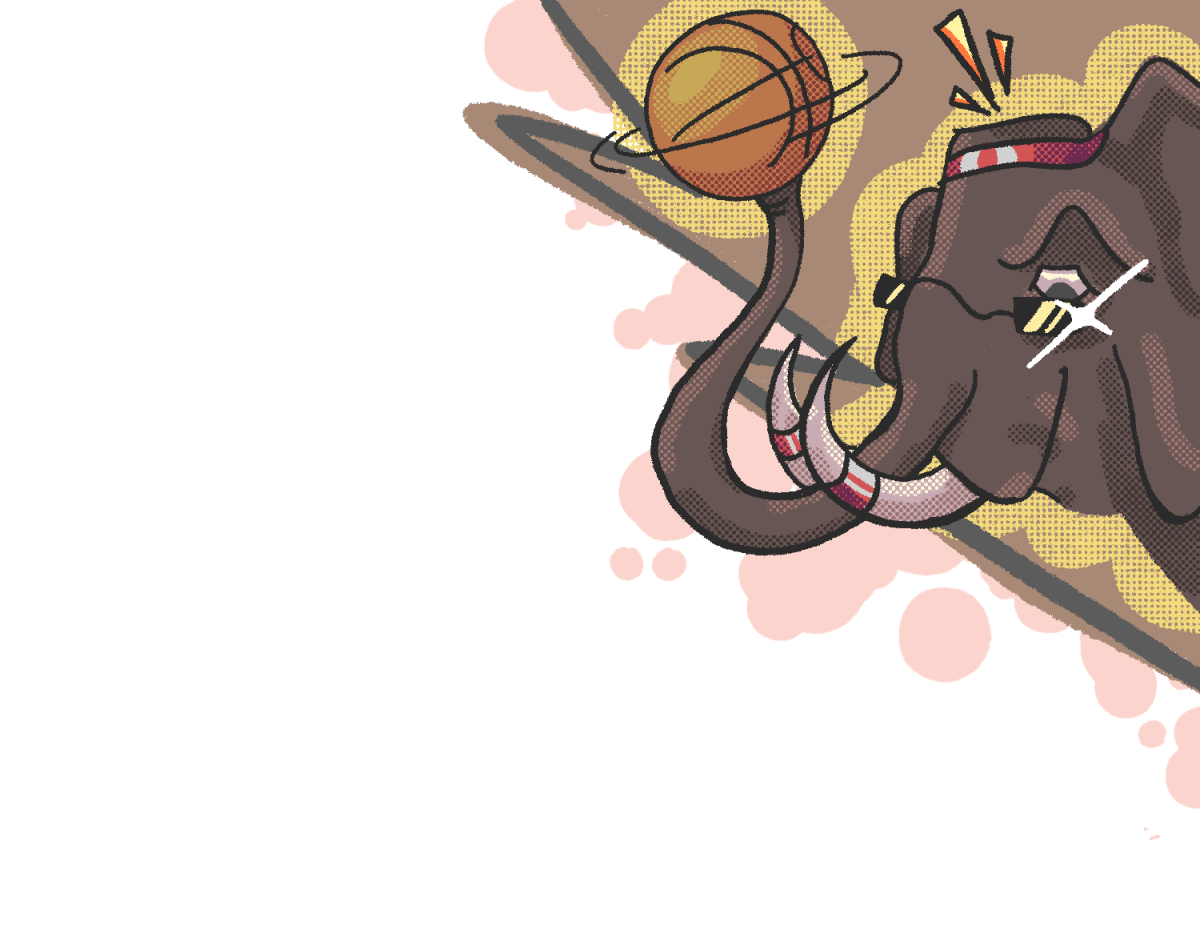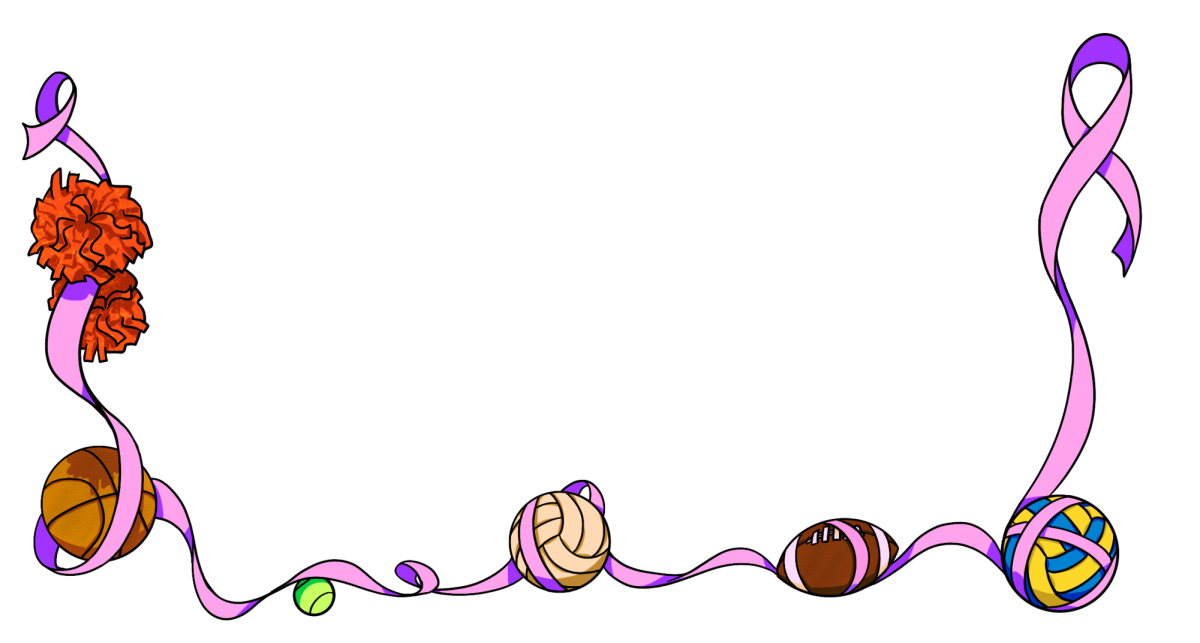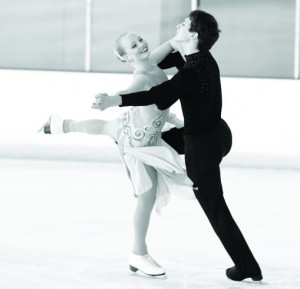
Even though she is only a sophomore, Hope Schroeder is already a nationally ranked ice dancer. This September, she placed third at the National Solo Ice Dancer championship in Colorado Springs.
Schroeder began ice skating at the age of three. “I started freestyle skating when my best friend started lessons,” she said. Schroeder continued taking lessons until the age of nine, when she started competing seriously in U.S. Figure Skating contests. Training under Tracy Prussack in San Jose, Schroeder woke up at 3:30 a.m. each morning to practice, which helped her qualify for the 2008 Junior National Championships in Salt Lake City, during which she placed ninth in the Juvenile Girls category.
Unfortunately, over the next two years, Schroeder was unable to skate due to constant injuries. “I had two stress fractures that kept me out of Regionals two years in a row,” she said. “It was after that I knew it was time to reevaluate.”
Schroeder’s long-time choreographer, Olympic gold medalist, Sergei Ponomarenko, was an ice dancer as well. “I proposed to him that I have one lesson in ice dance, and before I knew it, I had a partner,” Schroeder said. Her switch to ice dancing was also facilitated by the lack of jumps in the event, a factor of freestyle skating that had damaged Schroeder’s body.
“[Ice dancing] is a much better fit for me than freestyle was because it capitalized on my greatest area of talent, artistry,” she said. Ice dancing competitions consist of three dances. Competitors perform two compulsory dances, like the tango and foxtrot, in which skaters must execute the same steps to the music with partners. In the third dance, couples choose music and are able to choreograph a dance that includes complex lifts, footwork and spins.
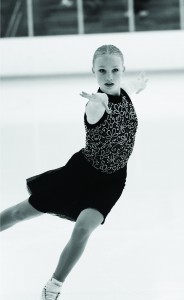
Ice dancing is an important part of Schroeder’s life. “It’s been quite a long time since skating was not a huge part of my life,” she said. The time commitment alone is significant, with training exceeding 30 hours a week. “Time management is an essential skill,” Schroeder said. “Though it has been hard at times to balance my priorities, skating has made me more clear on what my priorities are.”
To help her, the administration created a specialized school schedule to maximize her skating time, and Schroeder’s prioritizing has also increased her discipline. “I’ve had to make some immense sacrifices on every step of the way, both on my part and my family’s part,” she said. “Ice dancing is not a hobby. It’s a way of life that shapes many things I do.”
Schroeder is currently part of the Skating Club of San Francisco, Inc. While she is competing in solo dancing competitions, Schroeder is looking for a new partner. “Like ballet, there are more girls than boys in ice dance,” Schroeder said. “The challenge is finding a partner.”
Although she does not currently have a partner, Schroeder will continue dancing in the near future; however, she does not plan on following it as a career. “I don’t see myself as a coach,” she said. “I want to pursue academics.”
While her future as an ice dancer is uncertain, one thing holds true for Schroeder: “I skate because I love it. Ice dancing will always be a haven for me.”


